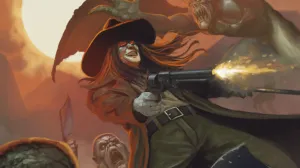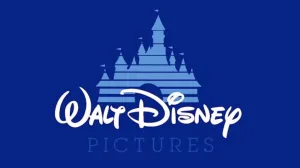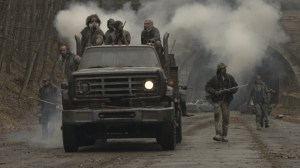After sixteen long years, the Friday the 13th franchise is finally gearing up to deliver more of Jason Voorhees’ bloody shenanigans and he’s getting a whole cinematic universe to do so. It’s a multi-media venture, which Jason isn’t entirely unfamiliar with. For instance, the well-reviewed Friday the 13th: The Game multiplayer videogame (may it rest in peace), not to mention the Jason-free Friday the 13th: The Series. But this is still a whole new ballgame of sorts, a concentrated effort to bring Jason back into public consciousness and keep him there. Will that include big screen adventures? Likely so. It’s certainly where the IP has been most comfortable since debuting back in 1980.
Videos by ComicBook.com
But, of the 12 theatrical films, some have undoubtedly performed far better than others. Without further ado, the Friday the 13th movies, ranked by adjusted box office gross.
12) Jason X — $23.8 Million

When eight years pass between installments of a well-known IP, you’d imagine that there would be some built-up anticipation. But it’s hard to imagine that even half of Friday the 13th‘s biggest fans showed up for Jason X.
Even with a budget of $11 million in 2001 dollars, the space-set slasher lost money. It only netted $13.1 million domestically at the time, with a paltry $3.8 million from overseas markets. It didn’t even have particularly steep competition, opening opposite only the Angelina Jolie-led rom-com Life or Something Like It. It beat that movie (barely) but came in third after the sophomore weekend of The Scorpion King the third weekend of Changing Lanes.
11) Jason Goes to Hell: The Final Friday — $35.4 Million

Even with a wildly different new core concept and a four-year gap between Jason Goes to Hell: The Final Friday and the previous installment, it was clear that audience interest in Friday the 13th hadn’t rebounded, it had continued to decrease. Were it not for Jason X, the failure of Jason Goes to Hell would be the prime example of audience interest in Jason Voorhees flatlining.
Jason Goes to Hell was the first of three Friday the 13th movies under New Line Cinema, after 10 years and eight movies at Paramount Pictures. It a phase where New Line, the so-called “House That Freddy Built,” was trying to expand their roster of slasher icons. The Final Friday quintupled its $3 million budget, but without a doubt New Line was expecting more from it.
10) Friday the 13th Part VIII: Jason Takes Manhattan — $37.1 Million
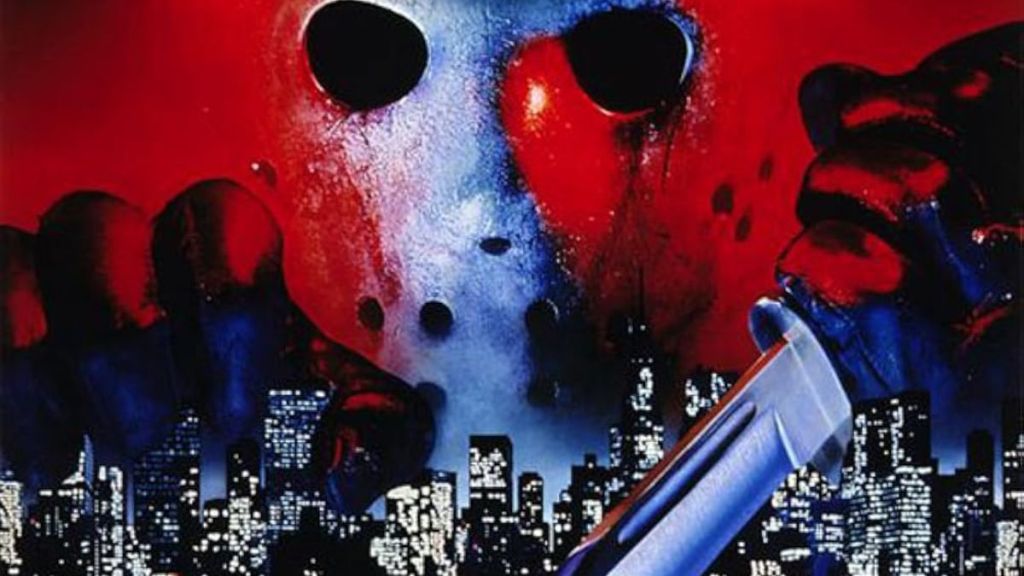
Friday the 13th Part VIII: Jason Takes Manhattan, was considered one of the biggest disappointments of 1989’s summer movie season. It hit theaters with a big promise of a title and a particularly memorable marketing campaign, so it’s understandable why it was seen as such a letdown.
Part of the problem was that it didn’t deliver on the big promise of its title, at least not until the final third of the movie. It wasn’t “New York has a new problem” so much as “a boat en route to New York has a new problem.” On a budget of $5.5 million, its $14.3 million gross only turned a tiny profit. It was time to put Jason on ice for a bit.
9) Friday the 13th Part VII: The New Blood — $52 Million
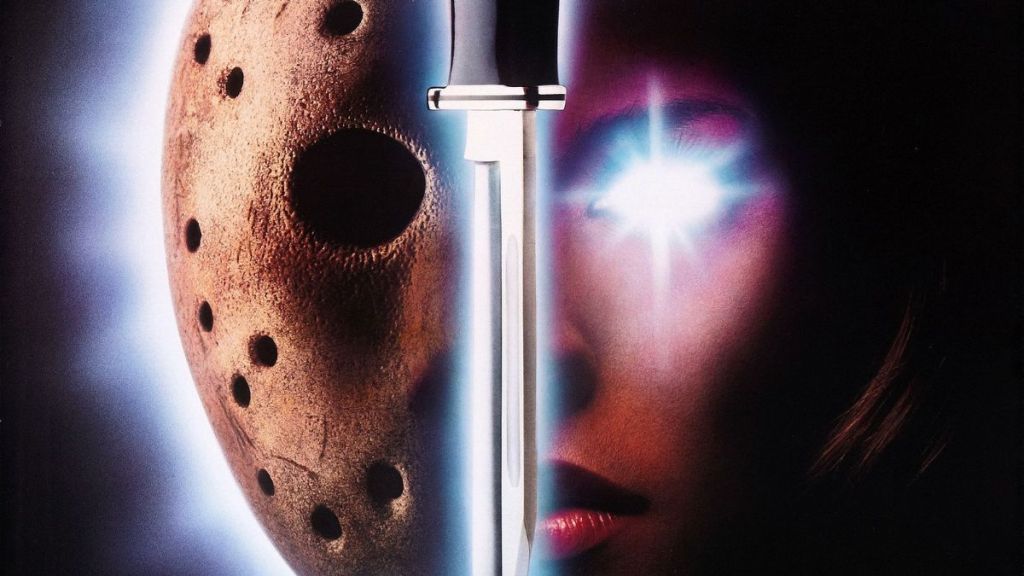
By the latter half of the ’80s, audiences were tiring of the slasher subgenre. The exception was Freddy Krueger, who had reinvented it and only grown more popular since his first film. Take, for instance, 1988, when A Nightmare on Elm Street 4: The Dream Master made more than Friday the 13th Part VII: The New Blood and Halloween 4: The Return of Michael Myers combined.
Part of that came down to just how good A Nightmare on Elm Street 3: Dream Warriors was and part of it came down to how fresh Freddy felt in comparison to the non-verbal antagonists of slashers past. This left Jason and Michael in the lurch. After all, if the promised return of Michael wasn’t enough to generate audience interest and the promise of what amounts to Carrie White vs. Jason Voorhees wasn’t enough, then the only conclusion that can be drawn is that people were tired of seeing teens get knocked off by a silent wrecking ball, even if there was a gimmick bolstering things. Even still, The New Blood netted nearly seven times its production budget, so there was reason enough to send him to Manhattan.
8) Friday the 13th Part VI: Jason Lives — $57 Million

If a poor film comes out and a lot of people see it, it’s practically guaranteed the next entry of the franchise will come out to decreased attendance, even if the next film is infinitely superior to the one that preceded it. This is what happened with a film like Terminator: Dark Fate after Terminator Genisys and it’s what happened to Friday the 13th Part VI: Jason Lives after Friday the 13th Part V: A New Beginning.
Even with positive reviews (for the franchise) in its corner, Jason Lives didn’t make much of a dent at the box office. Sure, its $19.5 million haul against $3 million made it profitable, but it simultaneously confirmed the IP was losing its financial viability post-The Final Chapter.
7) Friday the 13th Part V: A New Beginning — $65.4 Million

Friday the 13th Part V: A New Beginning came just eleven months after Paramount supposedly killed Jason off for good in Friday the 13th: The Final Chapter. It was the shortest turnaround between installments at the time and still holds that record.
Put simply, it was too quick a turnaround for the film not to experience a significant drop from its predecessor. Even still, especially when factoring in the horrendous reception from fans, it did quite well, earning just shy of 10 times its price tag.
6) Friday the 13th Part 2 — $76.7 Million

Friday the 13th Part 2 outgrossed Wolfen, Scanners, The Howling, and Omen III: The Final Conflict, but it was still a financial disappointment at the time. Halloween II, released later in 1981, did a little better, as did An American Werewolf in London.
But, at the end of the day, it was still the second-highest grossing slasher of the year and netted 17 times its budget. In other words, Friday the 13th Part 2 was really only a disappointment because it grossed about half what the original film did. But, viewed objectively, it was still a big-time moneymaker for Paramount.
5) Friday the 13th (2009) — $97.2 Million

If it had held steady after its fantastic opening weekend, the 2009 Friday the 13th could have very well been the highest grossing of the franchise. But suffice to say, it absolutely plummeted after its first three days. Really, its first two. In those two days alone, it generated just over half its domestic total, dropping 80% in its second weekend.
All in all, Friday the 13th (2009) netted just under five times its budget. This makes it one of the highest-grossing Friday the 13th films (after all, tickets were far more expensive in 2009 than in the ’80s) but not exactly one of the most successful. At least, not compared to 2003’s The Texas Chainsaw Massacre, which also came from Platinum Dunes and was also directed by Marcus Nispel. That movie pulled in $107.4 million against a $9.5 million investment.
4) Friday the 13th: The Final Chapter — $101.8 Million

It may not have sold quite as many tickets as its immediate predecessor, but Friday the 13th: The Final Chapter, one of 1984’s best horror films, still managed to be a slasher event. Part of that is due to the fans knowing what they were getting and wanting more of it while another part was the finality described by the title.
1984 was a particularly competitive year at the box office, and when The Final Chapter hit theaters, it had to contend with Police Academy, Romancing the Stone, Terms of Endearment, and Splash. At the end of the day, it didn’t make Beverly Hills Cop or Ghostbusters money, but it did beat Dune, Starman, The Last Starfighter, and Cannonball Run II.
3) Friday the 13th Part III — $122 Million

Even with an extra $1 million (in early ’80s dollars) tacked onto its budget, Friday the 13th Part III earned 17 times its price tag, just like its predecessor, Friday the 13th Part 2. With over 11 million tickets reportedly sold, it was another major return on investment for Paramount.
Friday the 13th Part III outgrossed John Carpenter’s The Thing, Creepshow, The Road Warrior, Fast Times at Ridgemont High, Blade Runner, Sophie’s Choice, and Tron. In other words, it was profitable enough to indicate that audience interest was holding steady and that the franchise could keep going for a while.
2) Freddy vs. Jason — $144.1 Million

New Line had two swings and misses with Jason Goes to Hell: The Final Friday and Jason X. But to be fair to Mr. Voorhees, New Line’s attempt at temporarily rebooting Freddy Krueger with Wes Craven’s New Nightmare tanked, too. The truth was, in the ’90s, people were tired of slashers; there had to be a big hook to get butts in seats.
A big hook like, say, pinning Freddy and Jason against one another, meaning Freddy vs. Jason didn’t disappoint. With a budget of $30 million (slightly larger than the average slasher, but small for what amounts to a genre event film), it scored $116.6 million worldwide. Adjust that for inflation and it’s still pretty close to being the highest-grossing installment of the Friday the 13th franchise (it is the highest-grossing of the Elm Street films).
1) Friday the 13th (1980) — $154.8 Million

For the most part, at least in modern times, a horror movie opens big then swiftly plummets, but it wasn’t always that way. For instance, with the original Friday the 13th. Sean S. Cunningham’s classic opened to $5.8 million in 1980 dollars (about $22.6 million today). That alone wouldn’t be half bad. It would be more than the final gross of He Knows You’re Alone and nearly the gross of Motel Hell, for instance.
But Friday the 13th held strong, with repeat business and strong word of mouth ultimately netting it $39.8 million, making it the 18th highest-grossing movie of the year. It made more than Dressed to Kill, Flash Gordon, The Elephant Man, and nearly as much as Caddyshack.




